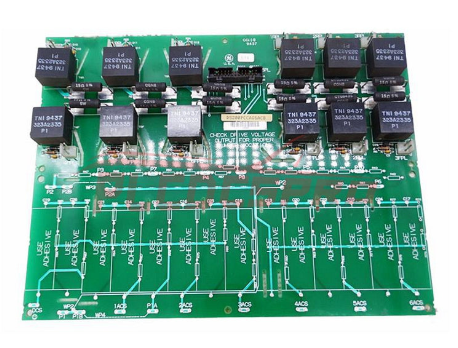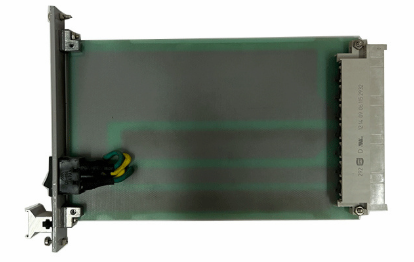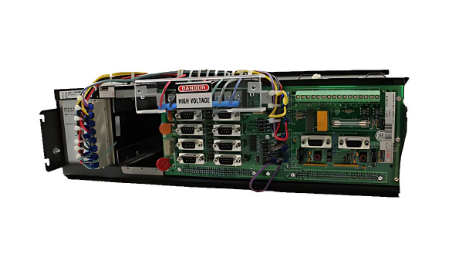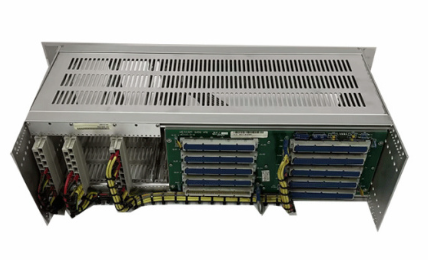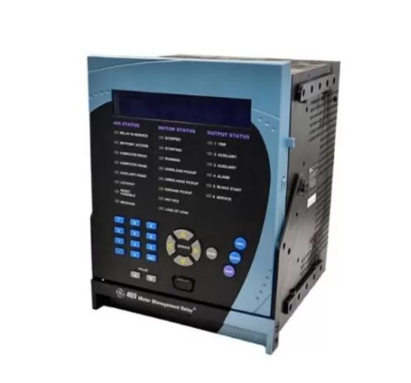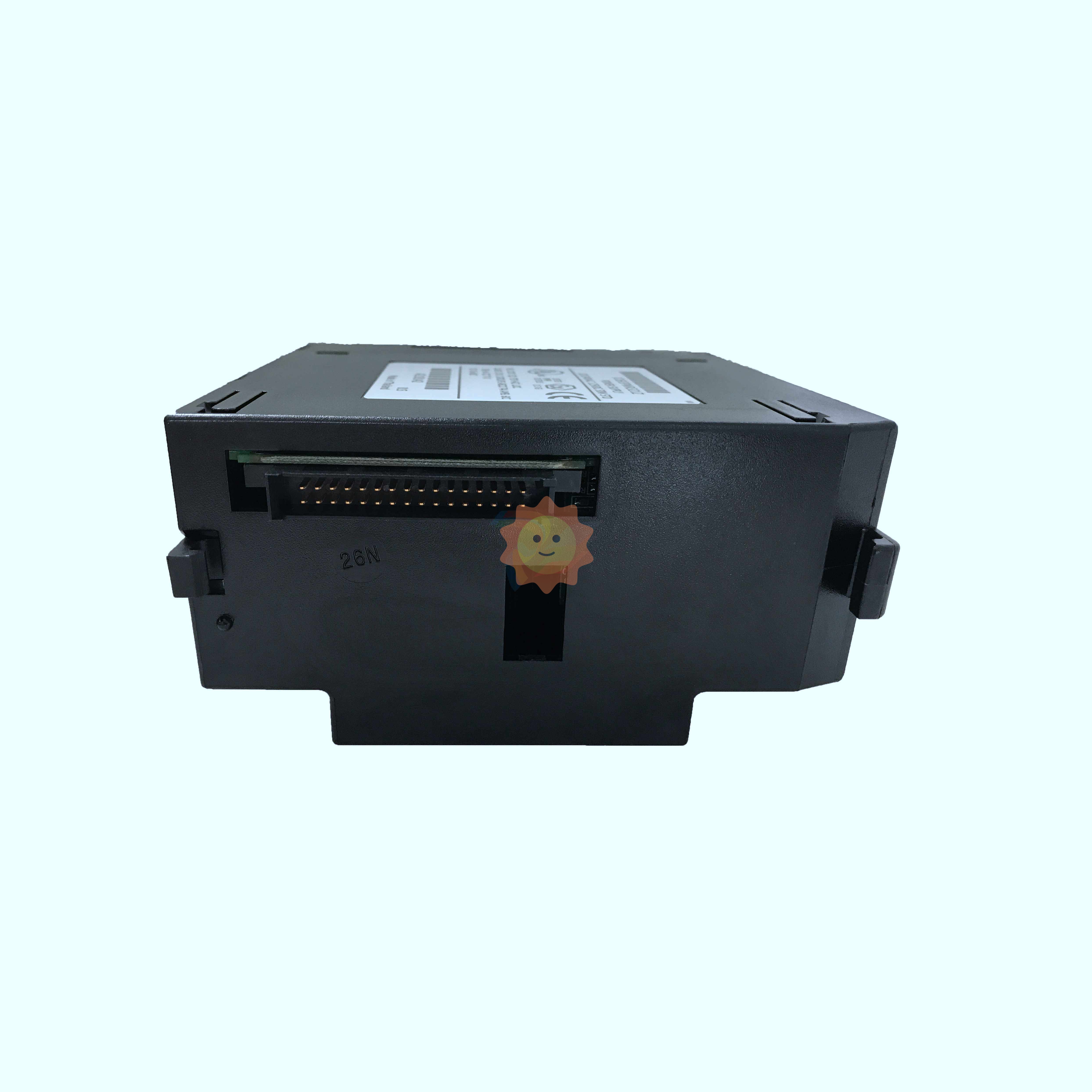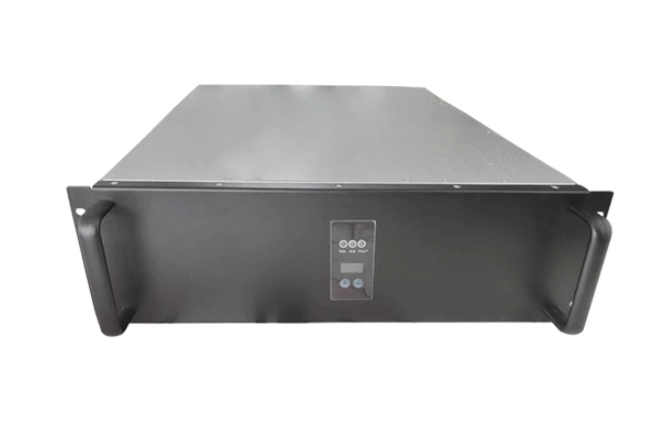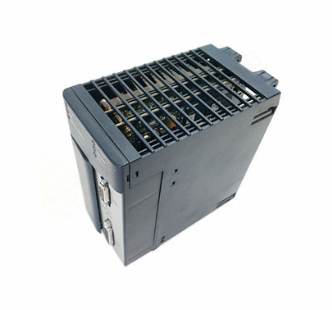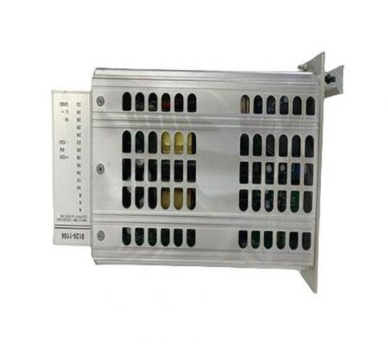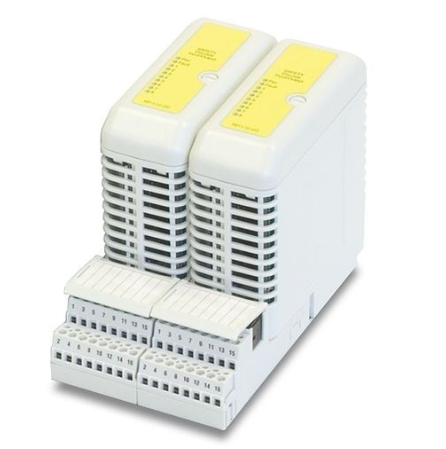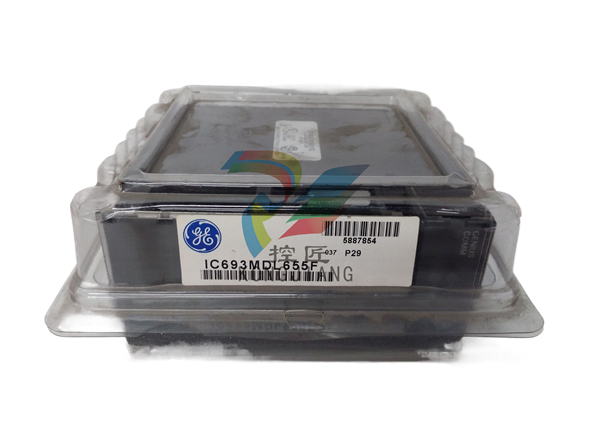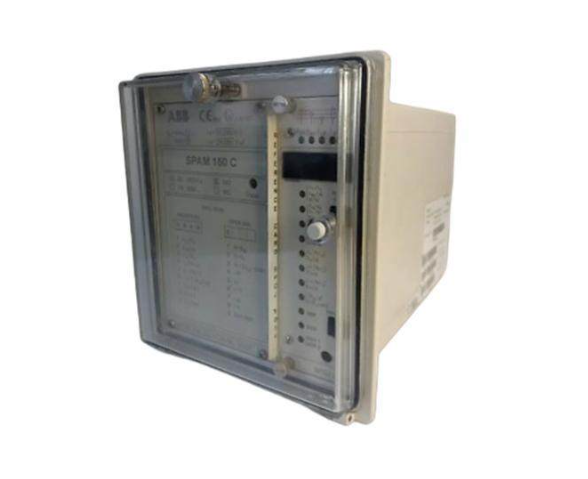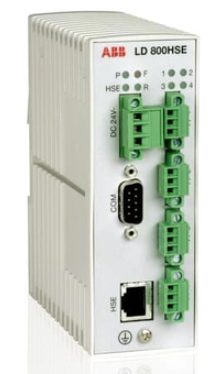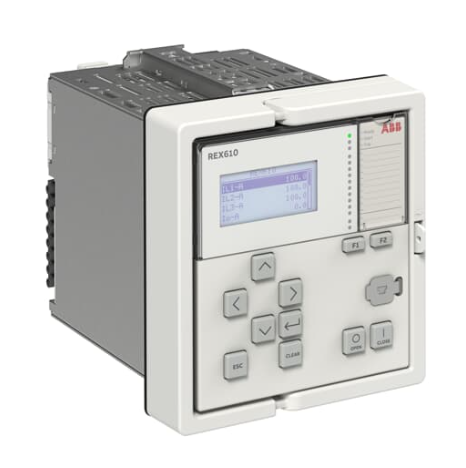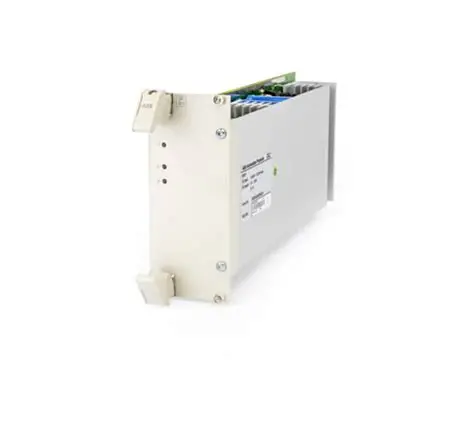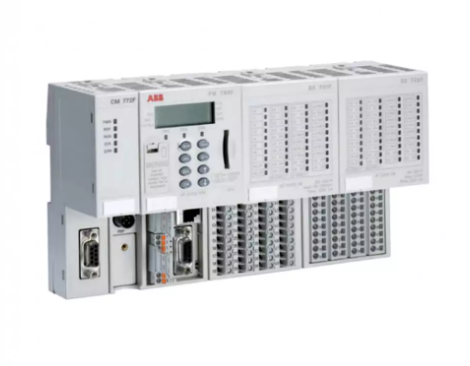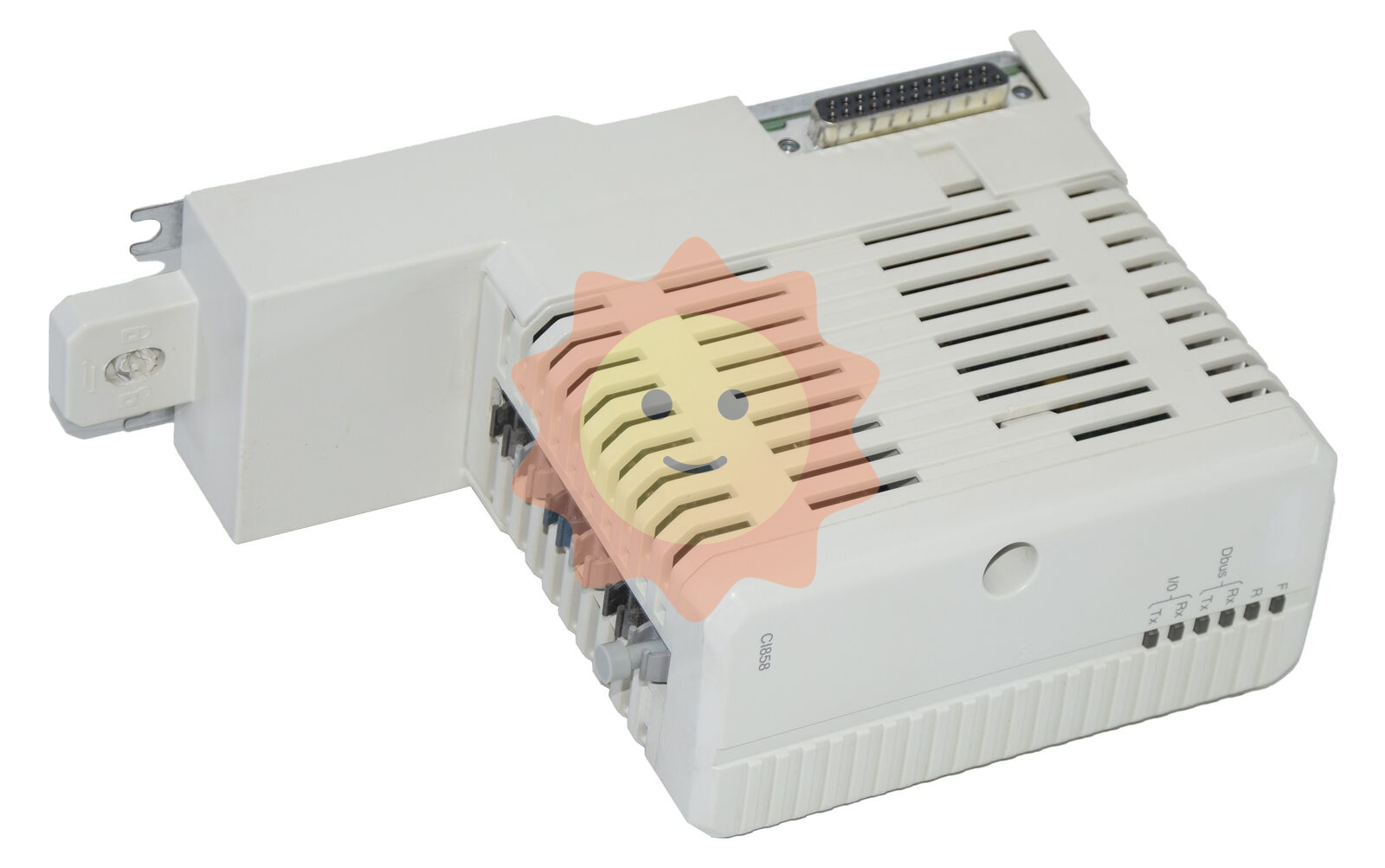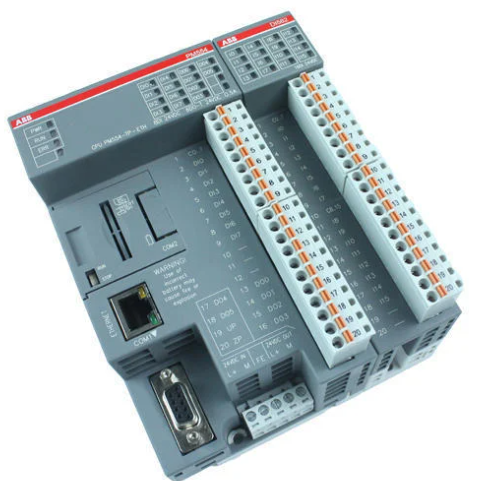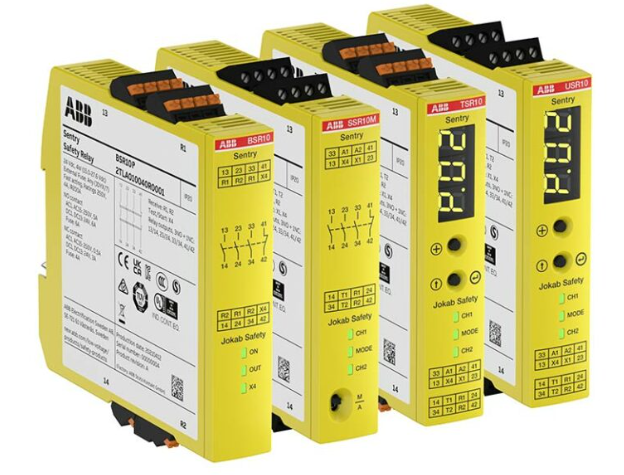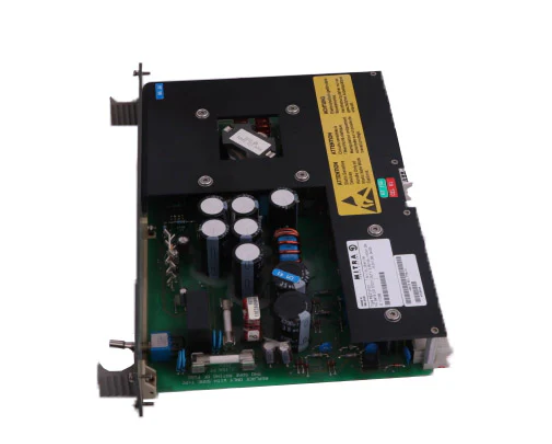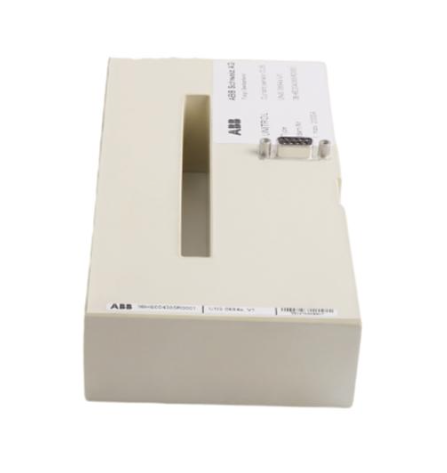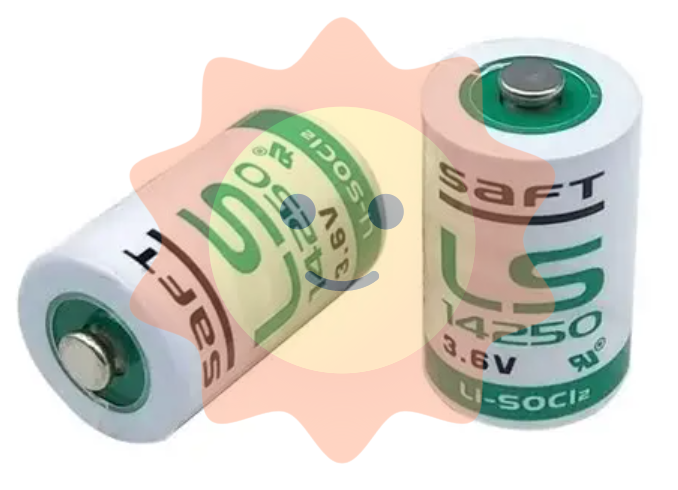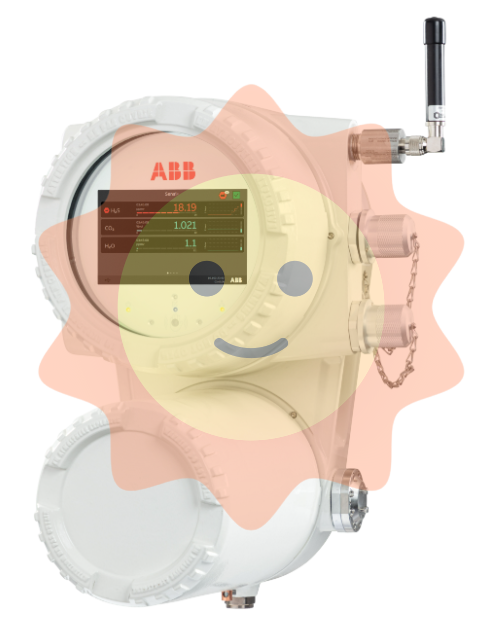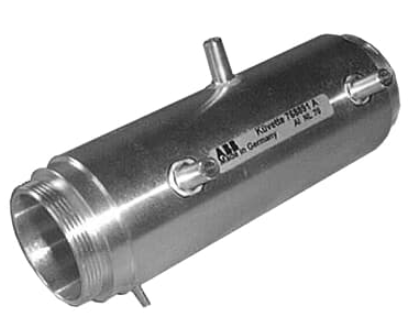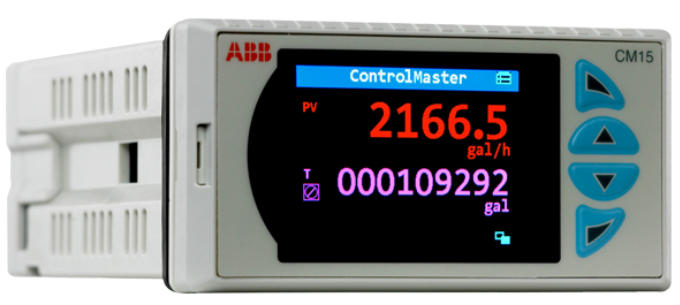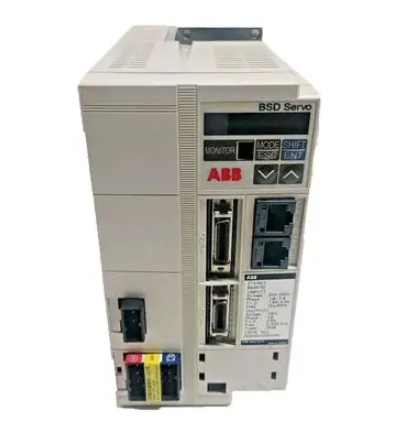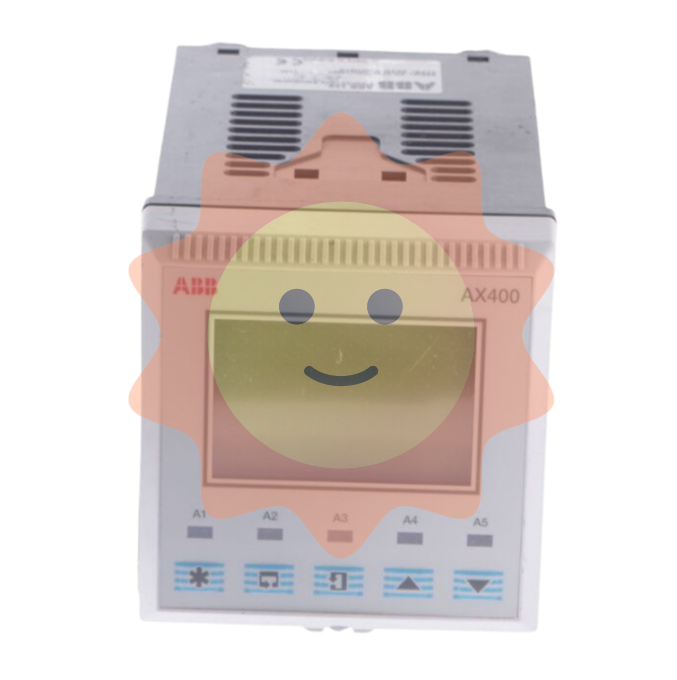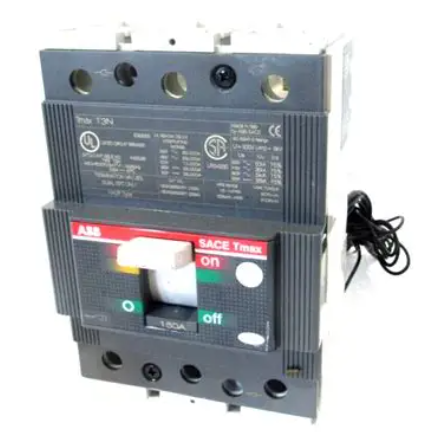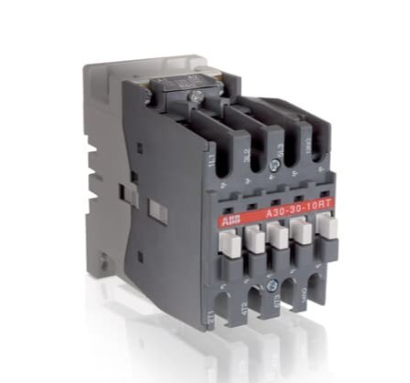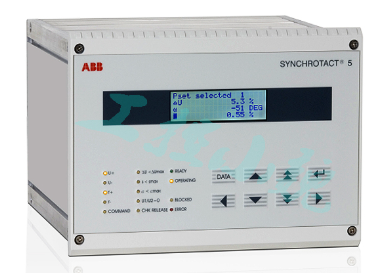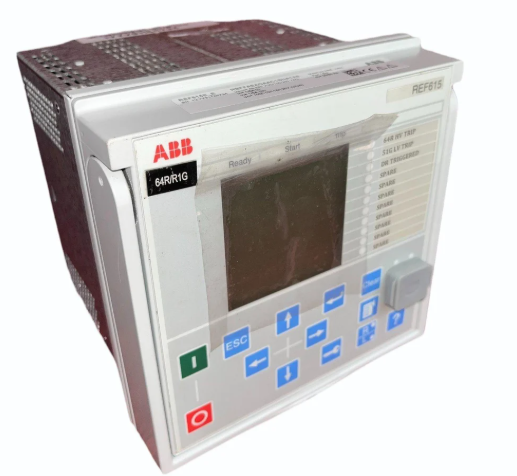The value discovery of photothermal power station from a new perspective

Since the 14th Five-Year Plan, the state and local governments have actively promoted the construction of solar thermal power generation. Among them, the "14th Five-Year Plan" renewable Energy Plan in 2022 has clarified the main tone of the development of the solar thermal power generation industry during the 14th Five-Year Plan period. Under the guidance of policies, Qinghai, Gansu, Xinjiang, Inner Mongolia, Jilin and other regions have become high-quality platforms to exert the energy storage adjustment capacity and system support capacity of solar thermal power generation.
The solar thermal industry is in a critical period of initial development and will usher in rapid growth. With the support of the 14th Five-Year Plan policy, project planning and bidding have a certain scale. Judging from the construction scale announced by the current provinces, there are 48 solar thermal power station construction projects in China, with a total scale of 5.94GW (excluding 11 demonstration projects that have not been completed and put into operation).
Long-term outlook: Solar thermal power generation is a supporting technology that acts as ballast in new power systems
Various technical routes, such as thermal power regulation, pumped storage, electrochemistry, photothermal power generation, hydrogen energy, compressed air, etc., have their own strengths and together constitute the power regulation market. Photothermal power generation has the dual functions of both peaking power supply and energy storage, which can realize the adjustment and support of new energy sources with new energy sources, and provide better long-term peak regulation capacity and moment of inertia for the power system. It has the potential to be used as a basic power source for peak regulation and in some areas, and is an effective means for new energy to replace traditional energy safely and reliably. It is an effective support for accelerating the planning and construction of a new energy system. (1) For pumped storage, the technology is mature, the performance is excellent, and the cost of KWH is low, but it is limited by local water resources; (2) Air compressed energy storage is still in the stage of technological exploration, generally can only support 4 hours of power generation regulation, and the investment cost is high (the cost is relatively low under conditions such as salt caverns); (3) The industrialization of hydrogen power generation has not yet been rolled out. Although long-term energy storage can be realized theoretically, it is limited by the system's power surplus and water resources. (4) For electrochemical energy storage, it is very economical as a short-term energy storage on the user side, and the EPC cost is only 1.66 yuan /Wh, which is expected to be further reduced to 1.29 yuan /Wh in 2025, but because it cannot provide moment of inertia, it is not suitable for large-scale long-term energy storage on the power generation side; (5) Photothermal power generation can provide moment of inertia and output reactive power, and can make up for the disadvantages of electrochemical energy storage, friendly to the power system, and suitable for large-capacity power stations. At present, the investment cost is high, and the room for decline is huge.
Compared with the mainstream coal power flexibility transformation and electrochemical energy storage, the performance of photothermal power generation is stable and the function is balanced. 1) Photothermal power generation belongs to thermoelectric units, and the photothermal terminal power generation system is consistent with coal power, which is the original ecological power source of the current AC synchronous power grid. It is also friendly to the power system in terms of moment of inertia and idle adjustment, and is superior to new energy storage such as batteries; 2) Solar energy is the source of solar energy, which is cleaner than coal; 3) photoelectric decoupling, the introduction of large-capacity heat storage mechanism, has a very good advantage in long-term energy storage; 4) Compared with coal power, the scope and sensitivity of the adjustment of the photothermal power generation system are better than that of the thermal power unit. The response rate of coal power depends on the boiler combustion, and it takes 100 minutes for coal power to rise from 50% to 100%. The response speed of the solar thermal power plant depends on the turbine, and it takes only 20 minutes to go from 15% to 100%.
- EMERSON
- Honeywell
- CTI
- Rolls-Royce
- General Electric
- Woodward
- Yaskawa
- xYCOM
- Motorola
- Siemens
- Rockwell
- ABB
- B&R
- HIMA
- Construction site
- electricity
- Automobile market
- PLC
- DCS
- Motor drivers
- VSD
- Implications
- cement
- CO2
- CEM
- methane
- Artificial intelligence
- Titanic
- Solar energy
- Hydrogen fuel cell
- Hydrogen and fuel cells
- Hydrogen and oxygen fuel cells
- tyre
- Chemical fiber
- dynamo
- corpuscle
- Pulp and paper
- printing
- fossil
- FANUC
- Food and beverage
- Life science
- Sewage treatment
- Personal care
- electricity
- boats
- infrastructure
- Automobile industry
- metallurgy
- Nuclear power generation
- Geothermal power generation
- Water and wastewater
- Infrastructure construction
- Mine hazard
- steel
- papermaking
- Natural gas industry
- Infrastructure construction
- Power and energy
- Rubber and plastic
- Renewable energy
- pharmacy
- mining
- Plastic industry
- Schneider
- Kongsberg
- NI
- Wind energy
- International petroleum
- International new energy network
- gas
- WATLOW
- ProSoft
- SEW
- wind
- ADVANCED
- Reliance
- YOKOGAWA
- TRICONEX
- FOXBORO
- METSO
- MAN
- Advantest
- ADVANCED
- ALSTOM
- Control Wave
- AB
- AMAT
- STUDER
- KONGSBERG
- MOTOROLA
- DANAHER MOTION
- Bently
- Galil
- EATON
- MOLEX
- Triconex
- DEIF
- B&W
- ZYGO
- Aerotech
- DANFOSS
- KOLLMORGEN
- Beijer
- Endress+Hauser
- MOOG
- KB
- Moxa
- Rexroth
- YAMAHA
- Johnson
- Westinghouse
- WAGO
- TOSHIBA
- TEKTRONIX


Email:wang@kongjiangauto.com










